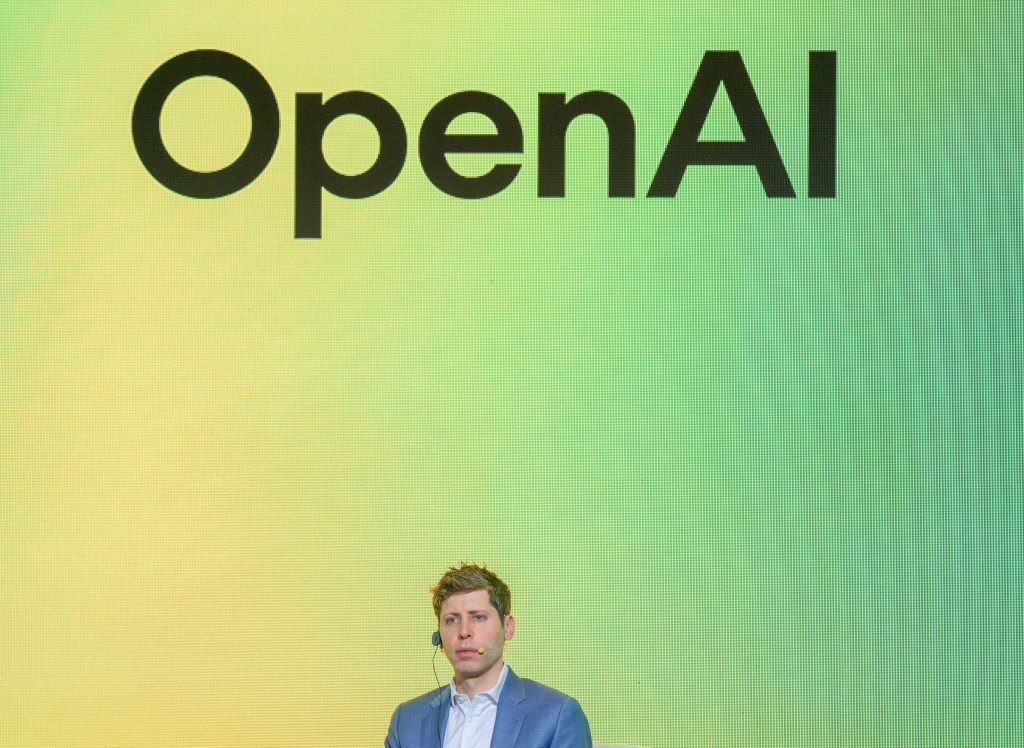OpenAI’s Revenue Surge Amid Ambitious Expenditure Plans
OpenAI is currently experiencing a significant financial upsurge, generating approximately $13 billion in annual revenue. Notably, 70% of this revenue is derived from average users subscribing to chat with its AI service at a monthly fee of $20, according to insights from the Financial Times. This impressive figure comes in the context of ChatGPT attracting a staggering 800 million users, albeit with only 5% actively paying for subscriptions.
Ambitious Spending Strategy
Despite its impressive income, OpenAI has set ambitious financial targets, committing to an expenditure exceeding $1 trillion over the next ten years. This expansive budget is largely directed toward enhancing its computing capabilities, highlighted by recent agreements for over 26 gigawatts of computing capacity from leading technology firms such as Oracle, Nvidia, AMD, and Broadcom. The infrastructure investments are projected to surpass the company’s incoming revenue significantly.
Innovative Approaches for Financial Sustainability
To address this potential financial imbalance, OpenAI is adopting a multi-faceted strategy. As reported by the Financial Times, a five-year plan is underway that involves diversifying revenue streams. This entails exploring government contracts, developing shopping tools, launching video services, creating consumer hardware, and even establishing a computing supply network through its Stargate data center initiative.
Implications for the Tech Industry
The reliance of numerous top-tier American companies on OpenAI for substantial contracts underscores the critical role the organization plays in the technology landscape. The increasing dependence on OpenAI’s innovations raises concerns about market stability. Should OpenAI face any setbacks, the potential repercussions could ripple across the broader U.S. market, affecting numerous sectors.
OpenAI’s dual approach of maximizing revenue while investing heavily in its future illustrates the dynamic nature of the tech industry and highlights the challenges and opportunities ahead for AI-driven companies.




